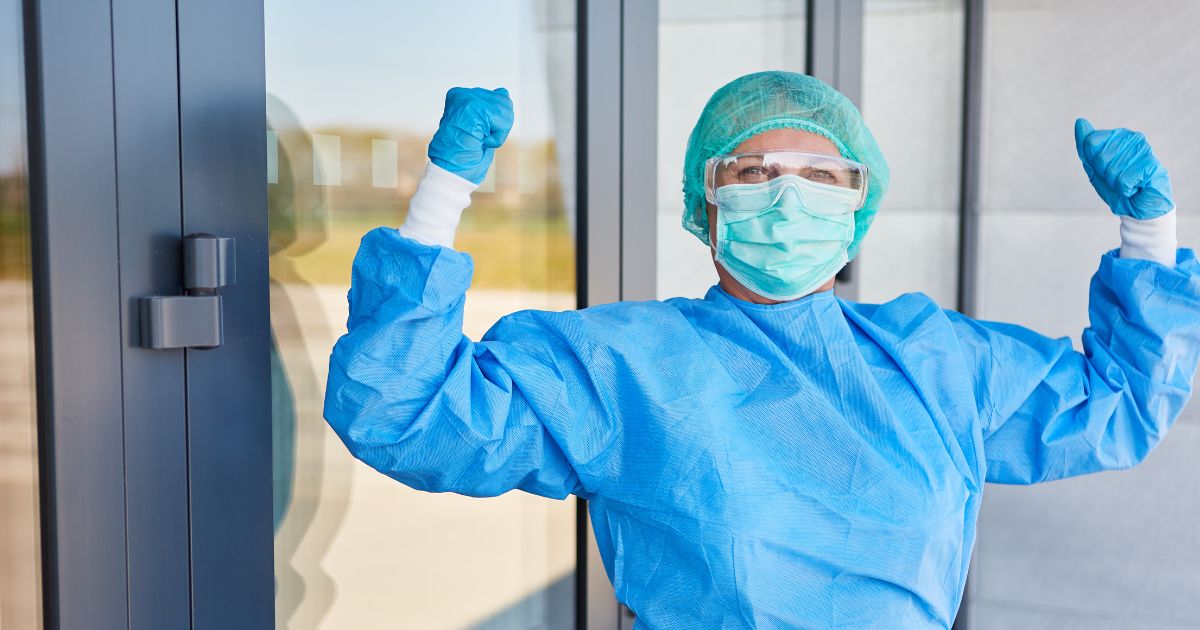
Working at heights can be risky, but following proper safety measures can significantly reduce the chances of accidents. Many workers in construction, maintenance, and other industries face the danger of falling from elevated surfaces. In this article, you will learn the eleven essential height safety tips that will keep workers protected in dangerous situations.
-
Use Proper Personal Protective Equipment (PPE)
Always wear suitable personal protective equipment (PPE) when working at heights. This includes safety harnesses, helmets, gloves, and non-slip footwear. Having a safety harness should fit snugly and be securely attached to an anchor point.
Also, helmets guard against head injuries from falling objects, while gloves offer a good grip. Non-slip shoes help maintain balance on slippery surfaces. Make sure that all PPE is in good condition, so inspect equipment regularly for any signs of wear and tear before each use.
-
Ensure Proper Training and Education
Before starting any work at heights, ensure that proper training has been completed. Understanding the risks of elevated work and how to use equipment correctly is crucial. Training should include topics like how to set up ladders and safety harnesses properly.
Additionally, knowing about fall protection systems is important for identifying hazards and applying safety measures. Furthermore, ongoing education on safety protocols helps keep skills current and reinforces safe practices.
-
Conduct a Thorough Risk Assessment
As you start any work, it is important to conduct a thorough risk assessment of the area. This process involves identifying potential hazards, like unstable surfaces and changing weather conditions. Analyzing the worksite helps determine the safest way to complete tasks at heights. Understanding these risks allows for effective planning and the implementation of safety measures to reduce potential dangers.
-
Utilize the Right Equipment for the Job
Choosing the right equipment for a specific task is vital for height safety. Select ladders or aerial lifts based on the height and nature of the work. Each type of equipment comes with its own safety guidelines and load limits.
For instance, when using ladders, confirm that the ladder is suitable for the required height and set up on stable ground. Avoid placing too much weight on ladders or scaffolding, as this can cause accidents. Always refer to the equipment manuals for instructions on proper usage.
-
Maintain a Clean and Organized Worksite
Keep in mind that a clean and organized worksite is essential for height safety. Remove any unnecessary tools, materials, or debris from the area where work will take place. However, clutter can create tripping hazards and lead to falls.

In addition, make sure that the tools are stored properly and that there is adequate space to move around safely. That is the reason why establishing clear walkways and ensuring that materials are placed securely will help you avoid any potential accidents like tipping or falling.
-
Always Secure Tools and Equipment
Falling tools and equipment pose serious risks to workers below. In order for you to improve safety while working at heights, it is essential to secure all tools and equipment properly. Using tool lanyards or sturdy tool belts can help prevent accidental drops.
Aside from that, always store tools in designated areas and avoid leaving tools unattended on ledges or scaffolds. Furthermore, taking the time to secure tools not only protects others but also creates a safer work environment.
-
Implement a Fall Protection Plan
Create a thorough fall protection plan for all tasks performed at heights. Doing this plan should detail procedures for different situations, including responses to potential falls or accidents. Plus, specify the equipment and methods required for fall protection, such as guardrails or personal fall arrest systems. Moreover, it is essential for workers involved in the work to understand the roles in ensuring safety.
In Canada, where workplace safety standards are strictly regulated, exploring lone worker safety solutions for Canadians can help ensure compliance and provide additional safeguards for those working alone.
-
Monitor Weather Conditions
Weather can affect safety when working at heights, and checking conditions before beginning any tasks is vital. High winds or extreme temperatures can lead to dangerous situations. If conditions appear unsafe, it is wise to postpone work until the weather improves. Staying informed about weather conditions helps avoid hazards and supports making better decisions about whether to proceed with work.
-
Encourage Communication and Teamwork
Clear communication is essential for safety when working at heights. You should create a system that promotes open dialogue among team members, especially for tasks that require coordination. Using hand signals or radios helps maintain contact when working at a distance.

Promoting teamwork is important to ensure awareness of potential hazards and support for one another. If you are building a culture of safety and communication, a focused environment emerges, allowing everyone to complete tasks safely.
-
Regularly Analysis Safety Practices
Since regularly reviewing and updating safety practices is crucial for a secure work environment, conducting safety meetings is essential. Conducting meetings can address recent incidents or near misses and pinpoint areas for improvement.
Involving all workers in discussions about safety measures and encouraging feedback fosters a strong safety culture. With this collaborative approach, it empowers all workers to take responsibility for personal safety and the safety of others.
-
Establish Emergency Procedures
Constructing a clear emergency procedure is vital for ensuring safety when working at heights. A good plan should detail specific actions to take in case of an accident or fall, including how to call for help and how to evacuate if necessary.
Regular practice of these procedures through drills is important to ensure that all workers can respond calmly and effectively during emergencies. Having a well-defined response plan can help prevent injuries and promote quicker recovery in the event of an incident.
Elevate Awareness, Empower Action!
Keep in mind that focusing on safety through adequate training, selecting the right equipment, and encouraging open communication helps establish a safer work environment. Every worker plays an important role in maintaining safety when working at heights, and taking proactive measures can reduce the risk of accidents. So, this means that you need to always prioritize safety in any dangerous situations.


















